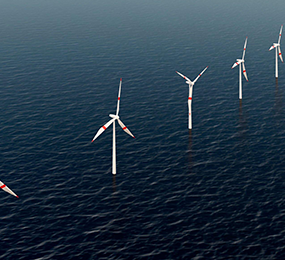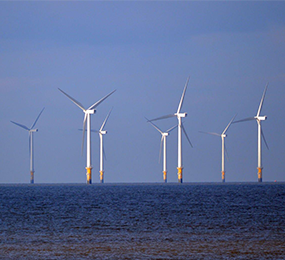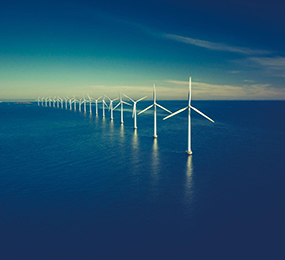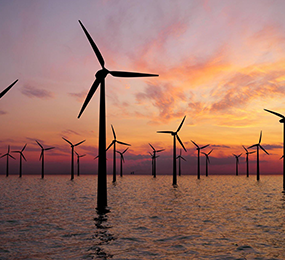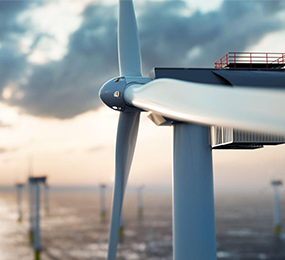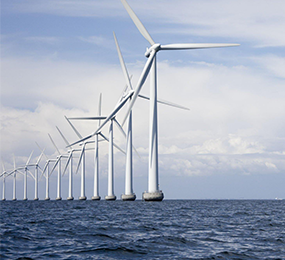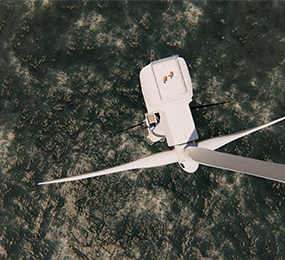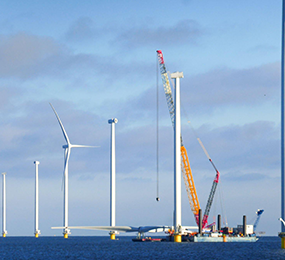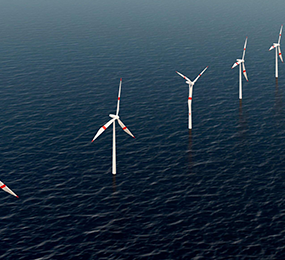Floating Wind Energy: A Key Player in Europe's Clean Energy Transition
Floating wind energy has emerged as a key player in Europe's clean energy transition, offering immense potential for harnessing renewable power from the vast offshore wind resources. As countries strive to reduce greenhouse gas emissions and transition to a sustainable energy future, floating wind technology provides a promising solution for expanding the capacity of wind energy generation.
Unlike traditional fixed-bottom offshore wind turbines, floating wind farms can be deployed in deeper waters, opening up new areas for wind power development. This flexibility allows for tapping into stronger and more consistent winds, leading to increased energy production and higher efficiency. By utilizing these offshore wind resources, Europe can accelerate its transition to a clean and renewable energy system.
Floating wind energy offers several advantages that make it an attractive option for Europe's energy transition. Firstly, it overcomes the limitations of shallow waters and expands the geographical potential for wind power generation. This enables countries to tap into offshore wind resources that were previously inaccessible, unlocking a significant source of renewable energy.
Secondly, floating wind farms have a lower visual impact compared to their fixed-bottom counterparts. They can be positioned further offshore, minimizing the visual impact on coastal areas and addressing concerns related to aesthetics and tourism. This makes floating wind energy a more socially acceptable and viable option for sustainable power generation.
Furthermore, floating wind technology offers scalability and rapid deployment potential. The modular nature of floating platforms allows for cost-effective mass production and streamlined installation. This enables the industry to quickly scale up and meet the growing energy demands of Europe.
Additionally, floating wind energy contributes to job creation and economic growth. The development and operation of floating wind farms require a skilled workforce, leading to employment opportunities and the growth of a specialized sector. Moreover, the localization of the supply chain and the establishment of manufacturing hubs further stimulate local economies.
However, it is important to address the challenges associated with floating wind technology. These include optimizing the cost-effectiveness of floating platforms, addressing technical and engineering considerations, and ensuring environmental sustainability in offshore installations. Continued research, innovation, and collaboration among industry stakeholders and policymakers are essential to overcome these challenges and drive the growth of floating wind energy.
In conclusion, floating wind energy plays a pivotal role in Europe's clean energy transition. With its ability to tap into offshore wind resources, offer scalability, and contribute to job creation, it is poised to become a key player in Europe's renewable energy landscape. By embracing floating wind technology, Europe can accelerate the shift towards a sustainable and decarbonized energy system, reducing reliance on fossil fuels and paving the way for a greener future.
Visit our website to know more: https://www.leadventgrp.com/events/4th-annual-floating-wind-europe/details
For more information and group participation, contact us: [email protected]
Leadvent Group - Industry Leading Events for Business Leaders!
www.leadventgrp.com| [email protected]


